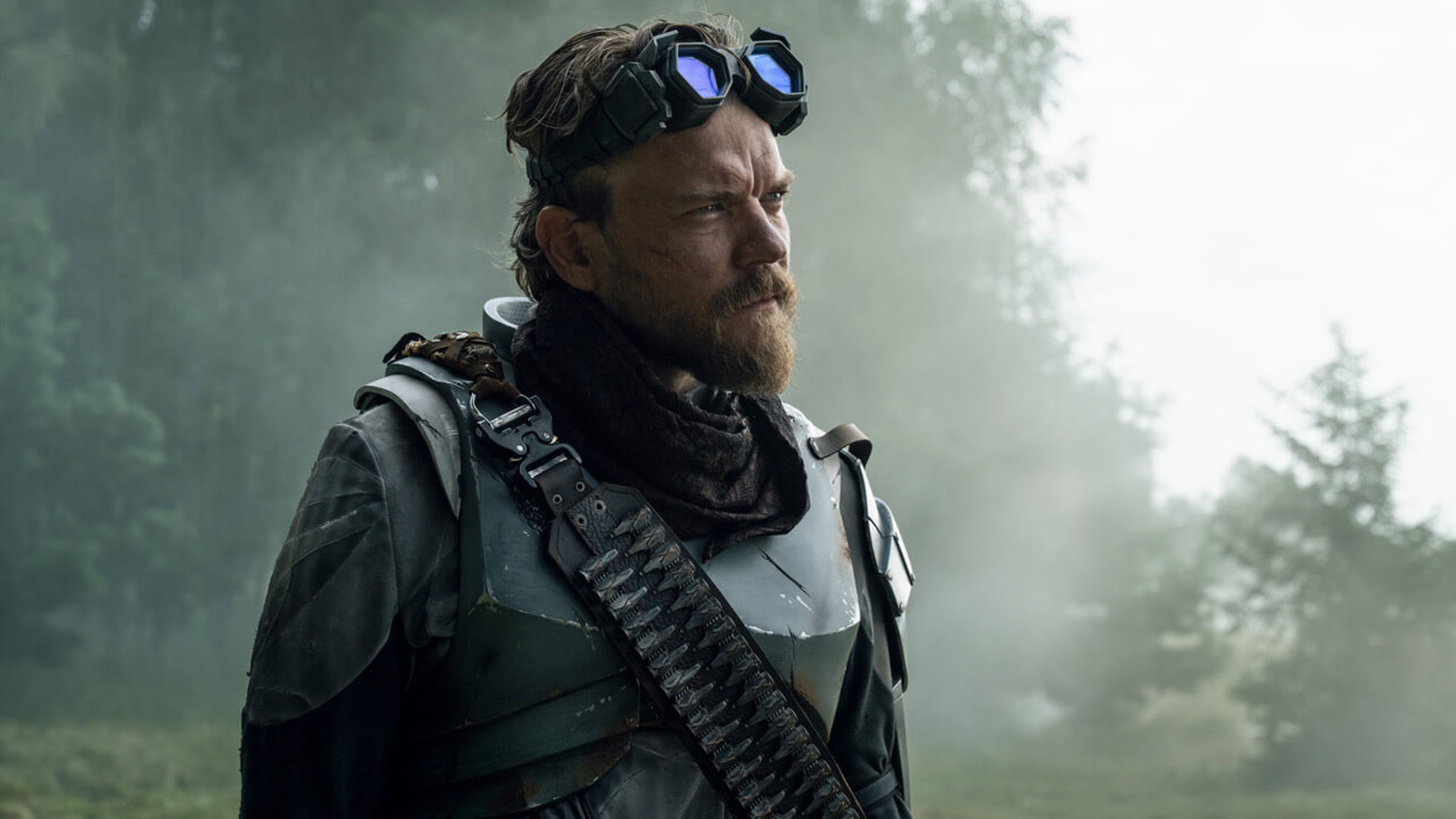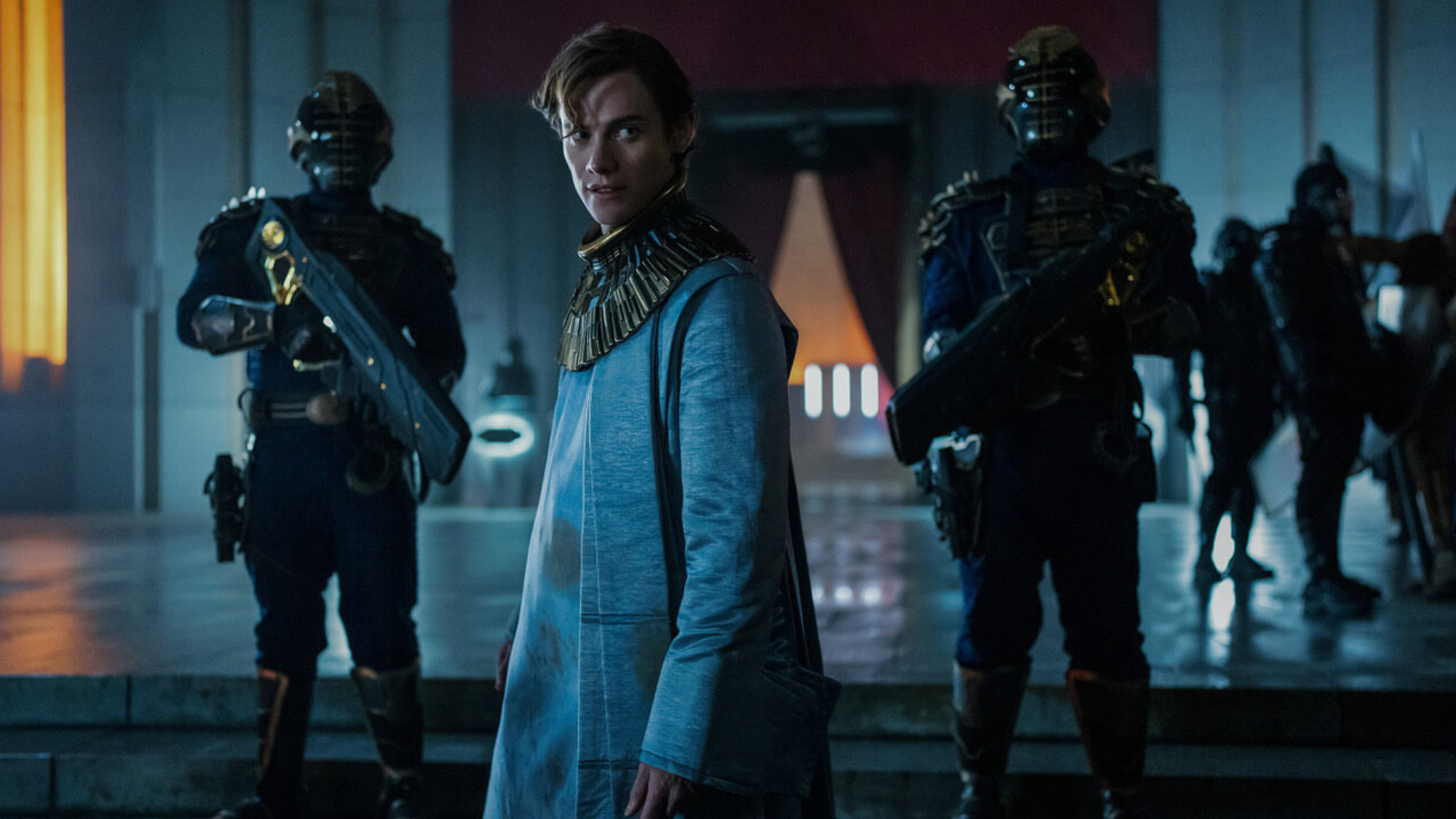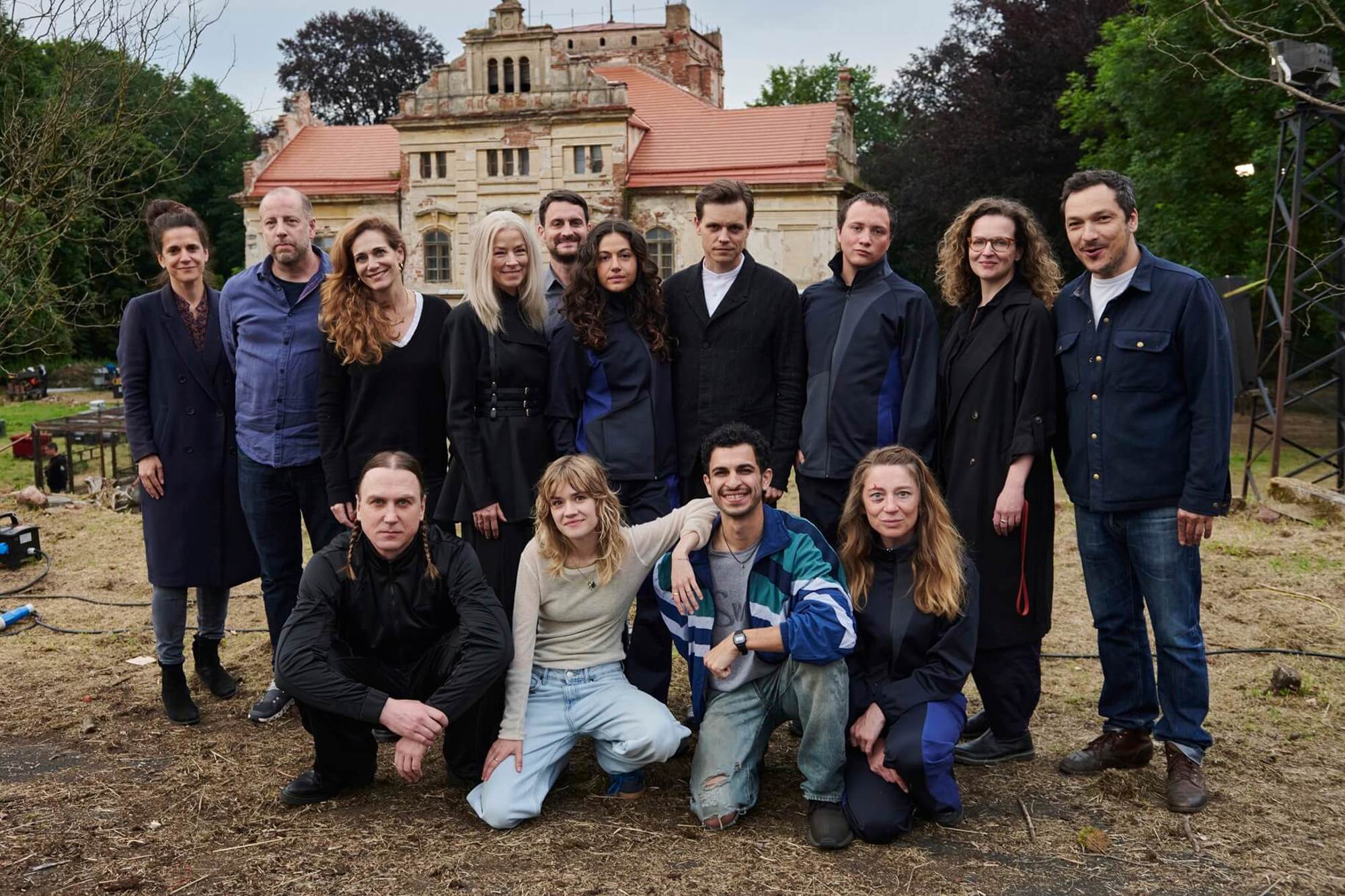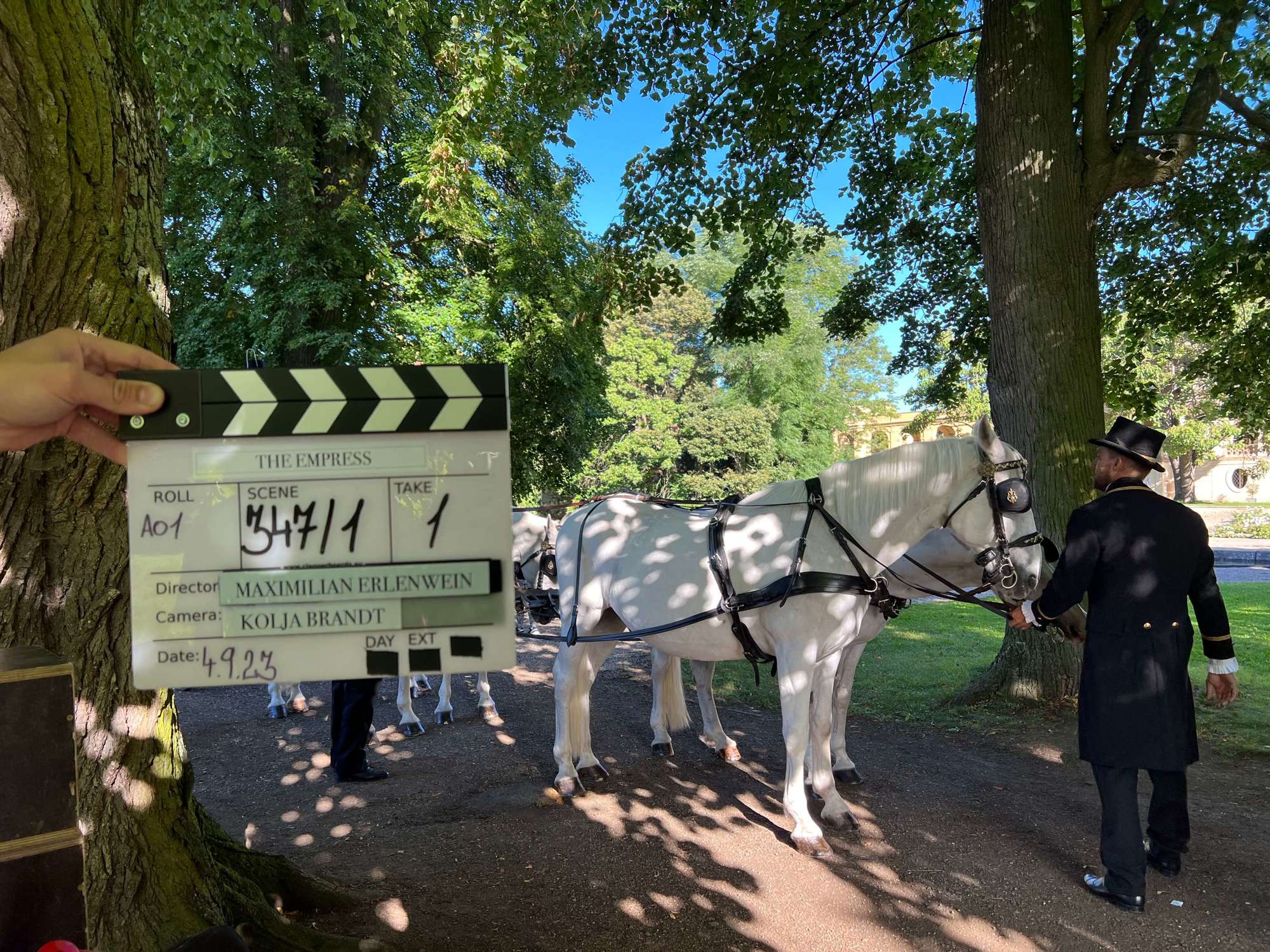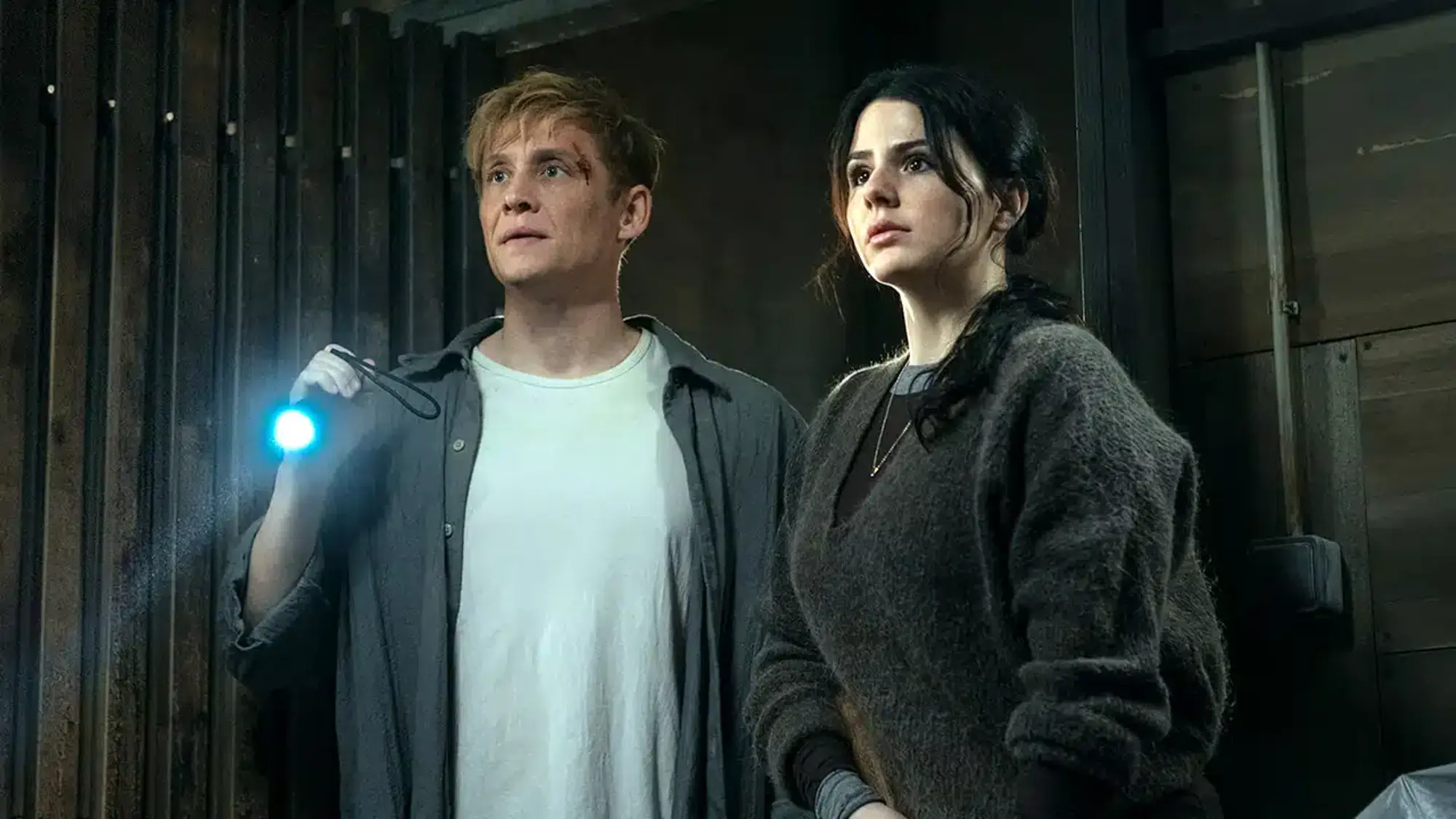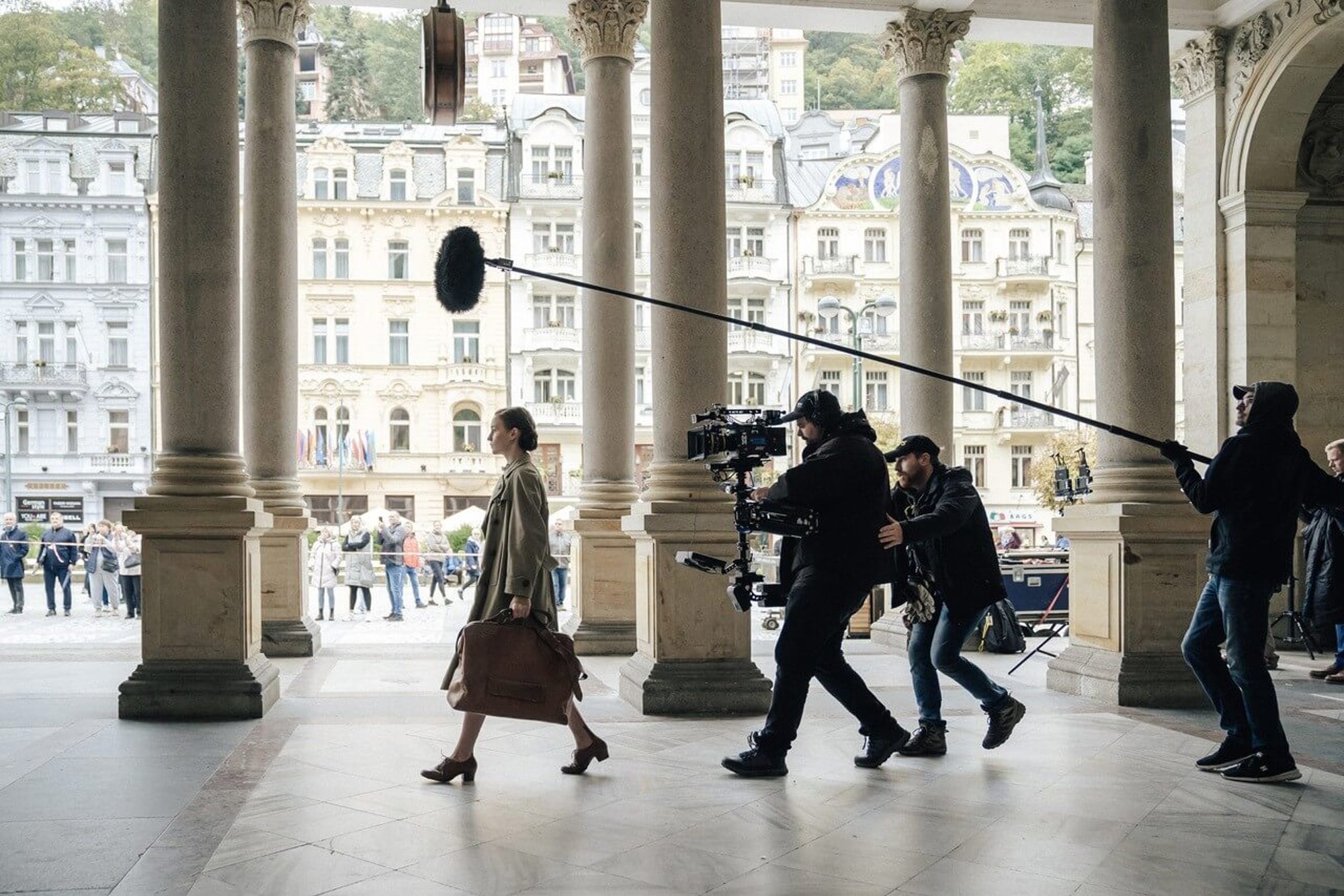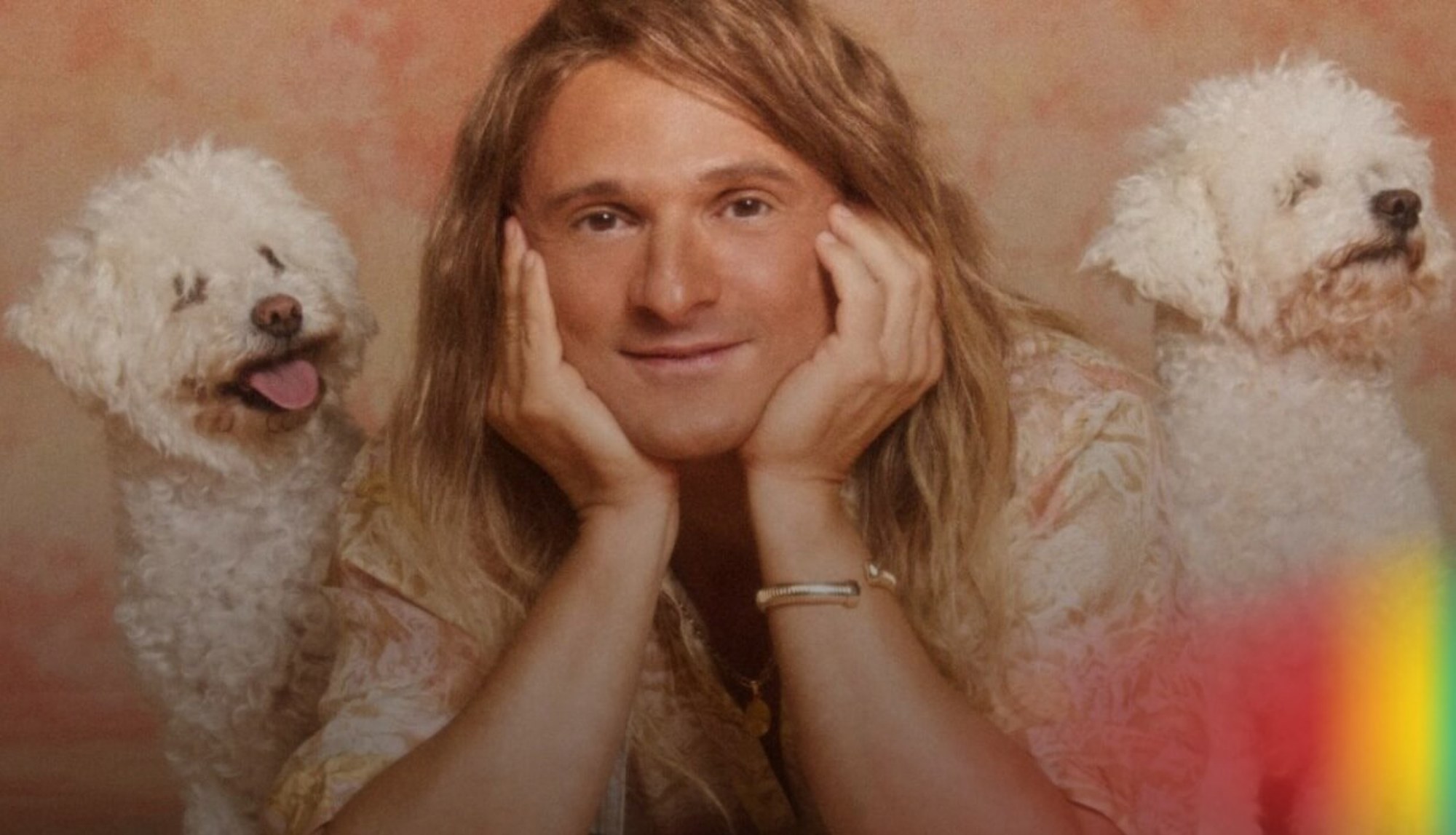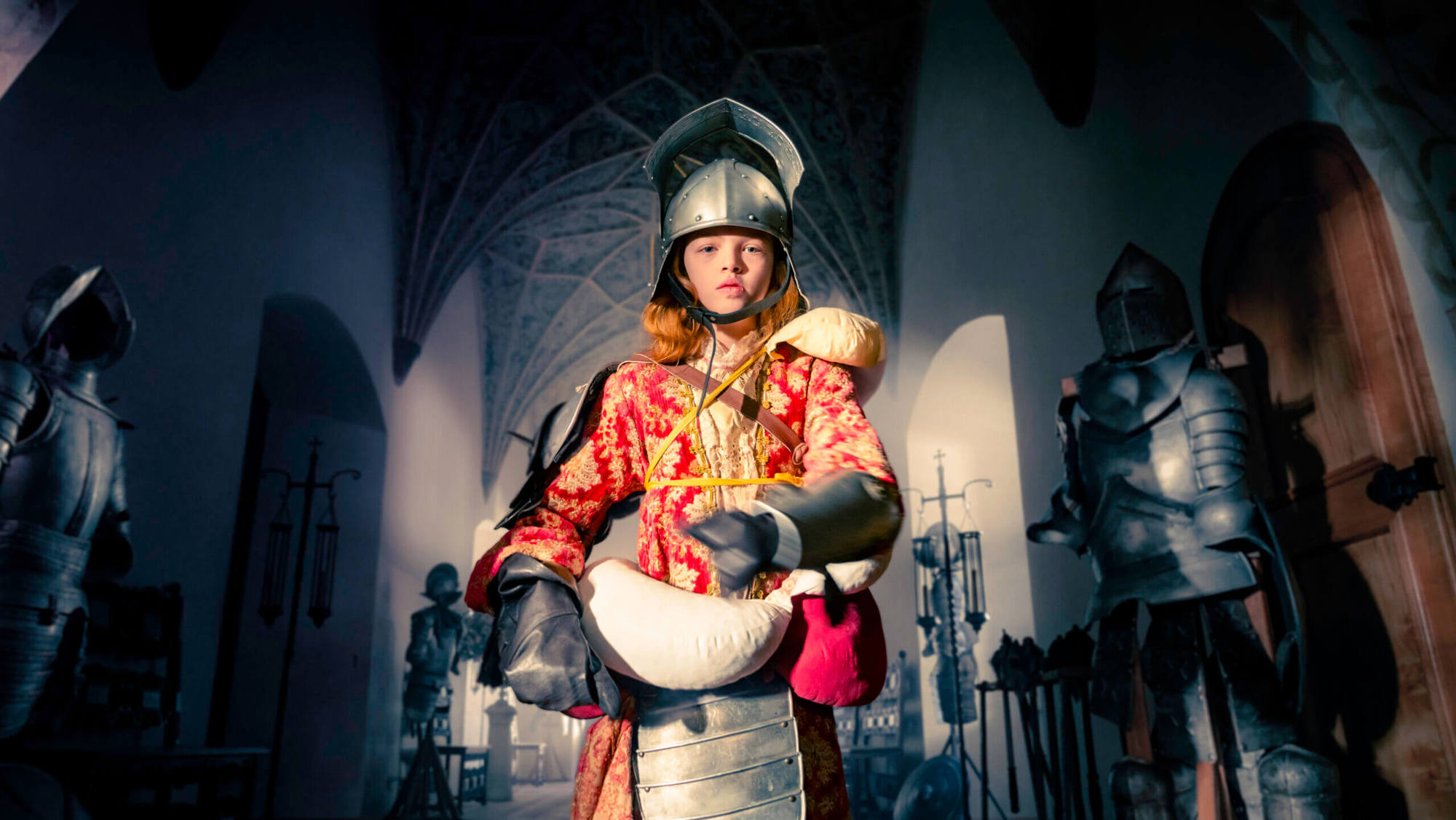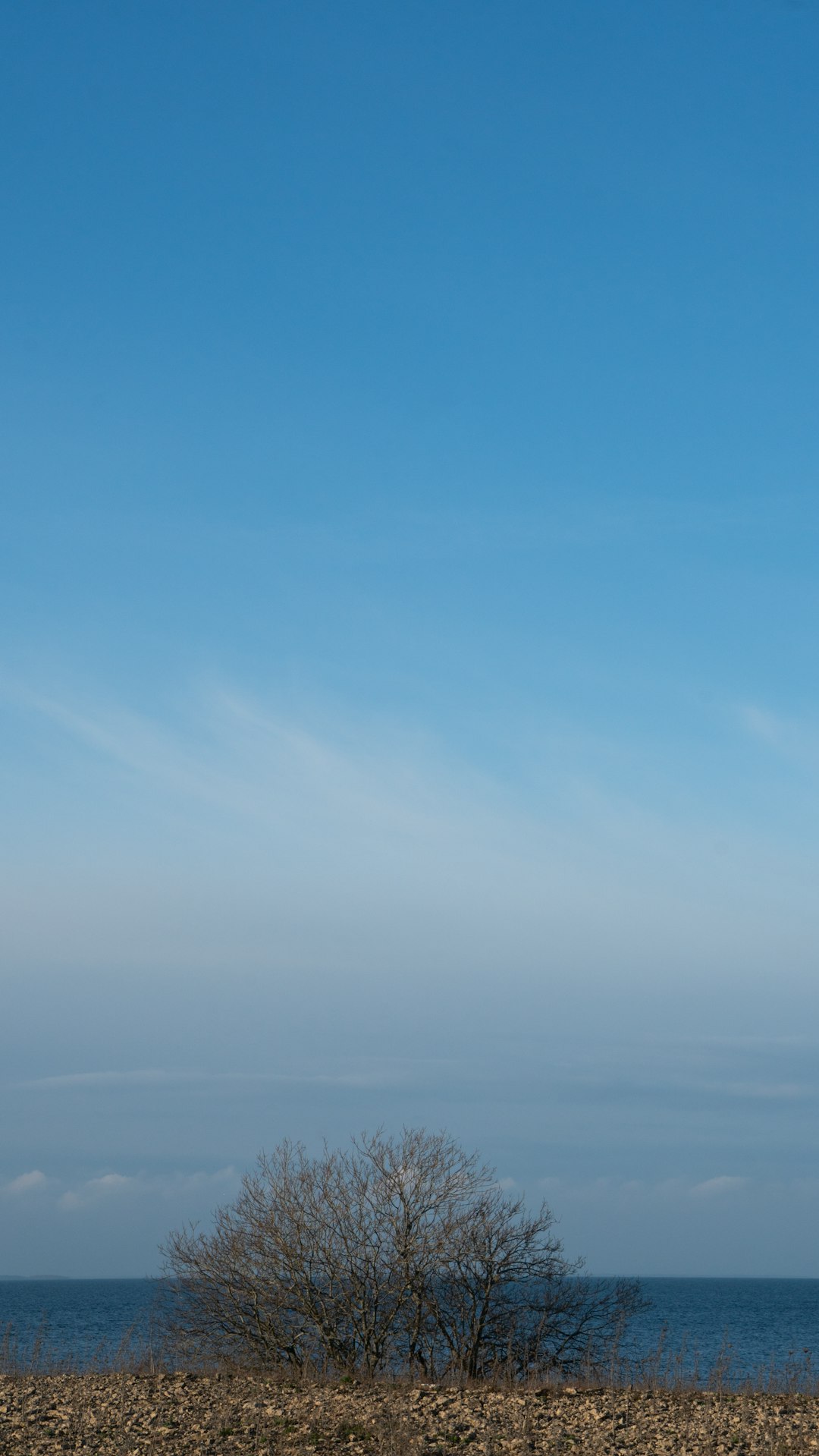TOP LOCATION 2024: The Czech Landscape as a Film Set: Where Did Filming Take Place Last Year?
The Czech Republic once again proved that its cinematic potential goes far beyond Prague's studios. The year 2024 saw a vibrant mix of locations used for filming, from industrial complexes and historic palaces to stunning natural landscapes. Filmmakers were particularly impressed by the country's diversity, as well as the relative accessibility and robust infrastructure.
Industrial and Urban Scenery
The sci-fi production Blade Runner 2099 needed backdrops for its dystopian future setting and found them in the Czech Republic's industrial brownfields. Filming locations included the Mayrau Mining Museum near Kladno, the Mělník power plant, the Slapy reservoir, the city of Jablonec, and other unique spots in the Central Bohemian and Liberec regions. The project was a major undertaking, with the entire Barrandov Studios complex completely filled with futuristic sets for several months.
The horror series City of Blood for Disney took full advantage of the diversity of Czech cities and towns. The crew filmed in a wide range of locations, from major hubs like Prague, Ústí nad Labem, and Brno, to smaller towns such as Chomutov, Králův Dvůr, Benešov, Lysá nad Labem, Kladno, Kostelec nad Černými lesy, and Soutice.
German crime dramas, including Zürich Krimi and Ingo Thiel 7, featured key locations such as Pardubice Airport and Prague's Na Homolce Hospital, as well as several other spots in Prague, such as Radotín, Senovážné Square, the Jalta Hotel, and the Czech Television building on Kavčí hory.
Historical Monuments and Romantic Chateaus
Historical and period productions, such as the second season of Netflix's The Empress and the German film Ein Ort, der sich Zuhause nennt (A Place Called Home), relied on a mix of established, iconic locations. These included notable sites like Kutná Hora, the chateaus of Kačina and Jemniště, the Voděrady beechwood forest, Karlovy Vary, Prague's Invalidovna and Gabriel Loci complexes, Lukov Chateau, and Průhonice Park. Meanwhile, the fairy tale Rosabella (Sleeping Beauty and the Curse of the Seventh Fairy) used the impressive backdrops of chateaus and parks in Telč, Jaroměřice nad Rokytnou, Dobříš, Sychrov, and the ruins at Zvířetice.
Natural Scenery, Forests, Quarries, and Bodies of Water
For the Foundation series, filmmakers used a variety of striking locations, such as the Homolák quarry in the Central Bohemian Region and the village of Kalek in the Ústí nad Labem Region, whose surroundings provided a raw, almost alien-looking landscape. Meanwhile, the summer comedy Petra geht baden (Petra Goes Swimming) took a different approach, filming at various Czech ponds, campgrounds, and reservoirs. The crew visited scenic spots like Orlík, Karlštejn, Velká Amerika, Kozárovice, Týřovice, Loučeň, and the Milovice Tankodrom.
Prague – A Stable Stalwart and a Cinematic Chameleon
In 2024, Prague solidified its status as a key production hub, thanks to both its major studios (Barrandov and Prague Studios) and its incredible architectural versatility. The city provided essential scenes for all three of the year's biggest productions: Blade Runner 2099, Foundation, and City of Blood. The German mockumentary series Messiah also used Prague’s diverse landscape, filming in modern and retro spots like Studio Pokrok, Jesenice, Jíloviště, and various interiors in the greater metropolitan area.
Throughout the year, Czech locations demonstrated their remarkable versatility, successfully standing in for a post-apocalyptic megacity, a 19th-century Alpine castle, a mysterious German town, a space colony, and a suburban Berlin restaurant. Regionally, Prague saw the most filming days, followed by the Central Bohemian Region and the Ústí nad Labem Region. A notable trend is the sharp increase in interest in industrial brownfields, such as power plants, warehouses, and abandoned factories, which are perfectly suited for sci-fi and thriller genres. For international film crews, the Czech Republic remains a unique destination.
Its compact mix of history, industry, and nature all within a short distance continues to be a highly valued asset in Europe.

